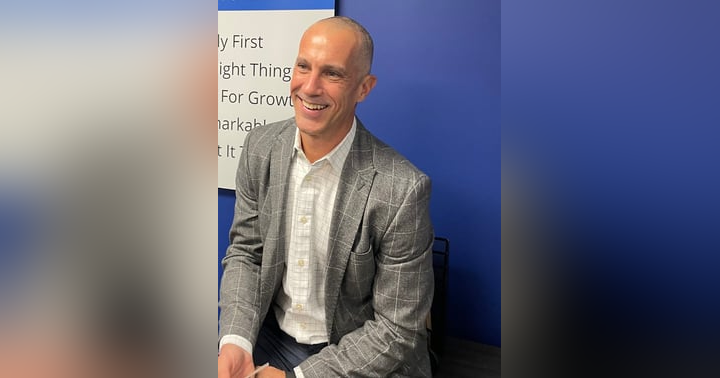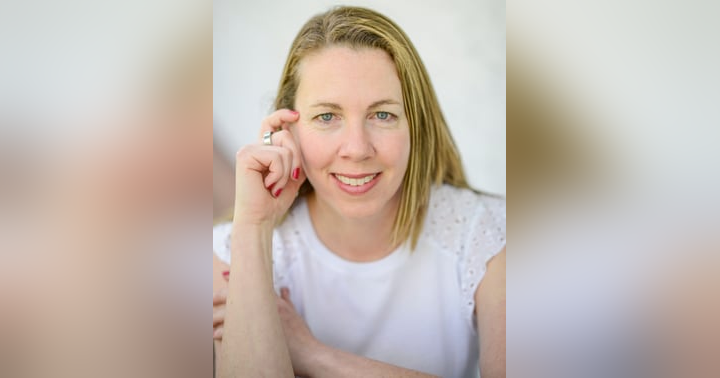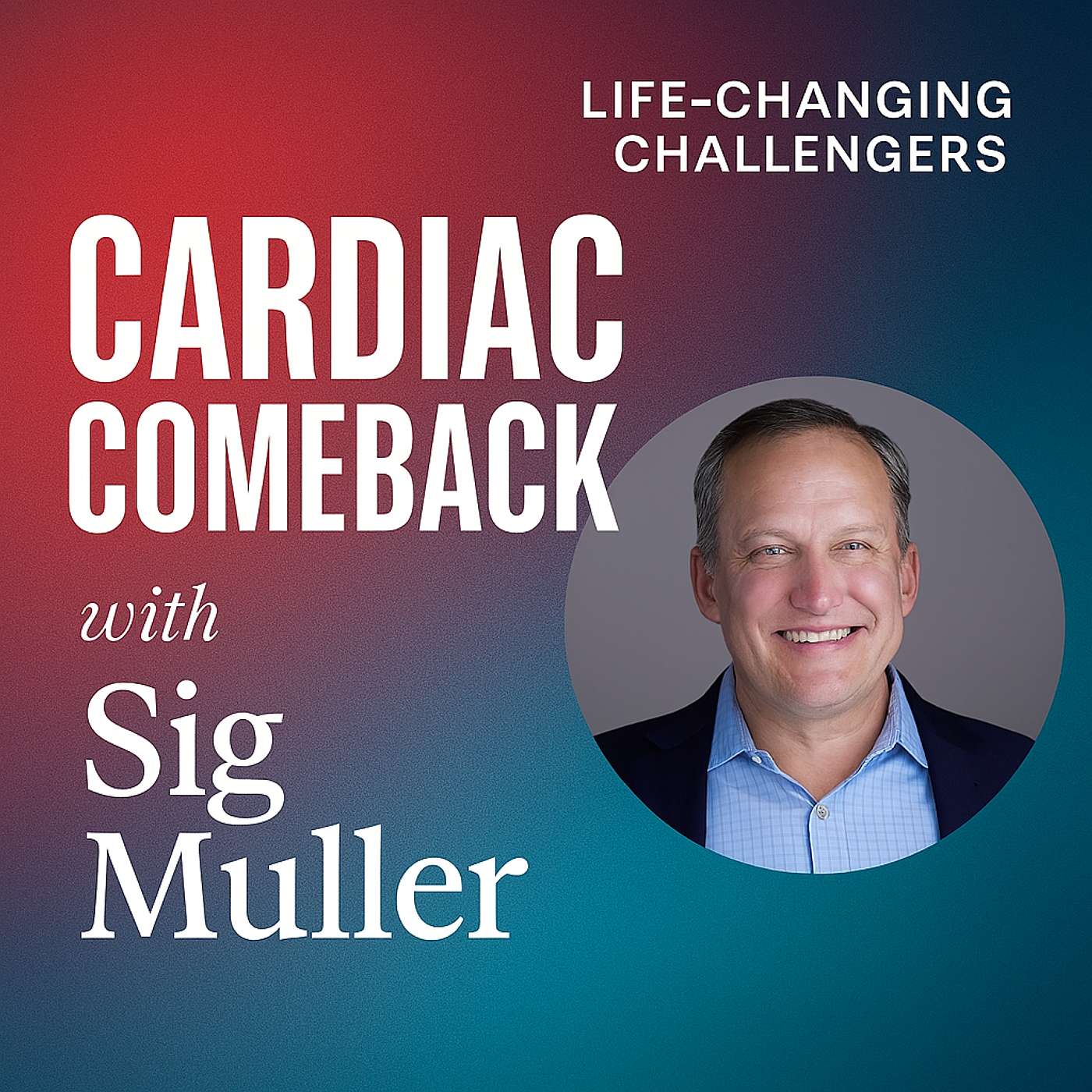
A Childhood of Purpose in Motion
In the small town of Rochester, Minnesota, where the Mayo Clinic stood as both a landmark and a legacy, young Sig Muller was already learning the discipline of effort. Born to a physician father and a devoted mother, Sig’s world revolved around family, education, and the rhythmic churn of water. By age seven, he was swimming competitively. At eleven, he was biking across town for multiple training sessions each day.
His life wasn’t just structured—it was driven. He swam with the determination of someone who saw limits as mere suggestions. That attitude earned him All-American honors in high school, a state championship, and a Division I swimming scholarship at Northwestern University. There, he added water polo to his list, embodying the mantra that growth is continuous and effort is everything.
Engineering the World, Then Himself
Sig's brilliance extended beyond the pool. He studied industrial engineering and management sciences, taking his analytical mind into a corporate world that spanned continents. From liquefied gas plants in Indonesia to boardrooms in the Netherlands, he was building systems, managing people, and thriving.
But a shift came. He left consulting to help pioneer something seemingly unrelated but ultimately life-altering: automated external defibrillators (AEDs). With a company called Survival Link, he helped put life-saving devices in public spaces around the world, unknowingly laying the groundwork for his own future rescue.
The Day His Heart Stopped
It happened on an August evening—45 weeks before he shared his story publicly. Sig had been at a barbecue with lifelong friends, sharing updates and reminiscing. Moments before it happened, someone snapped a photo of him smiling at the bar by the pool. Then his eyes widened, he stopped talking, and collapsed. For over eight minutes, his heart didn’t beat.
By sheer grace, CPR was administered immediately by friends who had heard him speak earlier that day about defibrillators and the importance of acting fast. There was an AED nearby, and they used it. Paramedics arrived. A hospital stay followed. Miraculously, Sig survived.
Awakening to a New Mission
When he woke up, he didn’t remember the incident. For two and a half days, he lived with intergrade amnesia, asking the same questions over and over. Yet, in that unconscious state, he was saying something profound: “You are the world’s best.” He said it to everyone—doctors, janitors, nurses. It was as if his subconscious had reached past logic to deliver a message the world needed.
Those words stuck. They became his lens, his mantra, and eventually, his purpose. Why had he survived? Why had he instinctively told every caregiver that they were “the world’s best”? Sig realized that those simple words contained profound truths: gratitude, belief in others, and the transformative power of encouragement.
A Thousand Weeks to Live
Inspired by a conversation during a fly-fishing trip, Sig began to measure his life not in years but in weeks—specifically, 1,000 of them. Twenty years. That’s what he gave himself. If each year was 5%, each week a slice of precious time, how would he spend it?
This wasn’t morbid—it was empowering. It gave his time urgency, direction, and purpose. Sig began speaking, coaching, and building a framework for others to become the “world’s best version” of themselves. He taught people how to find meaning, live with gratitude, and prioritize what truly matters.
A Mission Beyond the ICU
Sig’s near-death experience didn’t just change his life. It redefined it. He now helps others confront their “heart-stopping moments”—not just literal, but metaphorical. The job loss. The divorce. The burnout. The quiet desperation. Through his workshops, coaching, and upcoming book Dying to Be the World's Best, he provides tools for reflection, perspective, and growth.
Key Takeaways
-
Heart-stopping moments don’t always involve a cardiac event—they're any experience that forces you to pause, reflect, and reorient your life.
-
Gratitude, when practiced intentionally, elevates not only your mindset but also the performance of those around you.
-
Defining your life in weeks instead of years brings clarity and urgency to your goals and relationships.
-
Your words matter. Simple affirmations like “You are the world’s best” can change the trajectory of someone’s day—or life.
-
Reinvention is always possible. Whether at 25 or 59, you can pivot, refocus, and uncover your deeper mission.
Sig Muller didn’t just come back to life—he came back with a message. One that says we’re all capable of being our best, not someday, but today. One week at a time.
To connect with Sig, visit betheworldsbest.com, follow him on LinkedIn or Facebook, or look out for his upcoming book Dying to Be the World’s Best.











